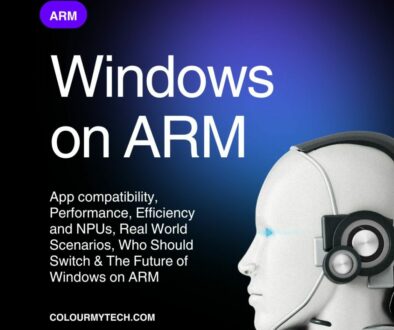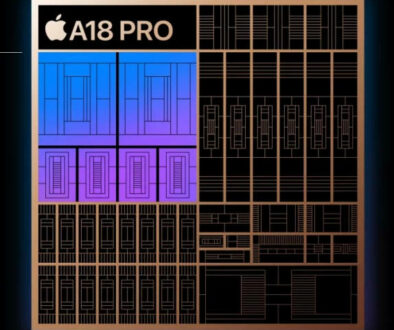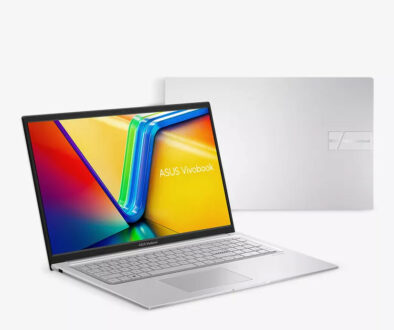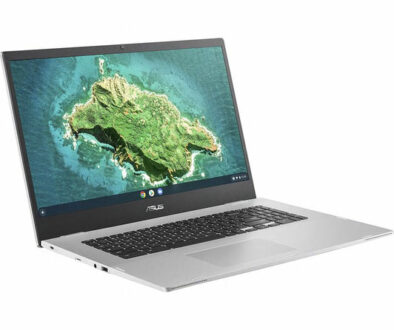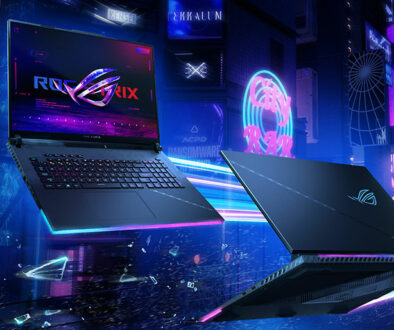AMD APUs Here and Now: From Micro 750 Ti… to Nano RX 560?
Ever since the start of the GPU crisis caused by the current global chip shortage, many enthusiasts have tried to come back to integrated graphics as another alternative source of graphics crunching power. Indeed, options such as Intel Tiger Lake Iris Xe, Ryzen 4000G, and even the older Ryzen 3000G series provide adequate performance levels to at least game on some older titles at lowered resolutions and settings.
Related: Dealing with the GPU Crisis (Global Chip Shortage)
But with the announcement of Ryzen 5000G series, the question arises: how will AMD keep up its development of APUs? Will it be stuck yet again to the rapidly-aging Vega architecture for the next few releases? Or would we finally get to see the good ol’ GTX 1050 Ti shrunk down into just a corner of a CPU space in the near future?
(DISCLAIMER: The term APU (Accelerated Processing Unit) is no longer officially used by AMD. It is simply used today to differentiate CPUs of other manufacturers that may also have integrated graphics with them.)
The Amazing, But Relatively Disappointing Ryzen 4000G Launch
Last year, on July 2020, AMD has unveiled the development and release of the Ryzen 4000-series desktop APUs. At the time, the news was met with relative ambivalence from the enthusiast community. According to the information revealed at the original launch stream, the Ryzen 4000G series would not follow Zen 3 (Ryzen 5000) architecture, and instead will be based on the previous Zen 2 (Ryzen 3000). Essentially, it followed the exact same path as the Ryzen 3000G series, having been designed with the previous architecture (Zen 1) for the second time around.
The Passing of the Torch
CPU-performance-wise, the launch was a technical success. The APUs, especially the Ryzen 5 PRO 4650G, somewhat lived up to its expected improvement over the last generation of APUs. The Ryzen 4000G was, after all, no longer locked to the SMT-disabled configuration of 6-core/6-thread and 4-core/4-thread of the previous 3400G and 3200G respectively. You get the full, stable goodness of a 6-core/12-thread CPU, with stock clock frequencies that enable it to perform as designed even on the cheaper OEM units that they were originally designed for.
All in all, the Ryzen 4000G series essentially became the ultimate economic package of productivity and minimum gaming performance. If you managed to snag one at the store, or if you’re lucky enough to get an OEM unit that can literally handle the heat, it is capable taking on production loads almost perfectly identical to the Ryzen 5 3600 and Ryzen 7 3700.
And if you need to game, just lower your settings, be sure to have dual-channel memory at 3200Mhz+, and you’re usually set to go.
iGPU Now Just a Bonus, Like Intel
But overall, however, as an APU, especially as the expected successor of the 3400G, the Ryzen 4000G series was never able to offer significant changes in performance. Which was, as you might have considered, probably the main reason why a certain portion of the PC enthusiast demographic is even excited for these products in the first place. Double the shame as well, since this was technically the very first Ryzen 7 entry to be infused with the same type of iGPU that made the $50 MSRP Athlon 3000G famous overnight.
If you search for benchmarks online, or reputable/trusted comparison videos on YouTube, you will see that almost nothing has changed, if there even was any discernable change in the first place. The Ryzen 5 3400G, even with its inferior Vega 7 APU, manages to match the RX Vega 11, with the huge boost in CPU specs unable to break through the obvious GPU bottleneck.
At this point, an enthusiast might have wondered if simply buying a Ryzen 5 3600 and a second-hand GTX 750 Ti would have been a better purchase, given the price points and overall availability of Ryzen 4000G APUs.
Yes, you heard that right, Availability issues. To make matters worse, not only were these APUs exclusively released only as part of an OEM build. If you want to get just the CPU, you’d have to order at other alternative sources, such as AliExpress, often at not-so-consumer-friendly prices.
In the end, not even the most desperate GPU hunter of the early 2021’s was able to muster enough willpower, or even assert the justification, to choose the more elusive 6C/12T 4650G to the (potentially) locally available 6C/6T 3400G.
Dampened Excitement for Ryzen 5000G
With the announcement of the Ryzen 5000G for OEM systems last March, and for DIY desktop systems this June, one thing was clear: the cycle cannot repeat itself due to not having any new CPU architectures for AMD at this current time. And thus, the Ryzen 5000G was at long last unveiled with the anointment and blessing of Zen 3 (Ryzen 5000) itself. The new APUs will have up-to-date CPU architectures, unlike the 4000G, the 3000G… or even the now-ancient 2000G.
So, what does that bring us? Unfortunately, not so much. As exciting as a Zen 3 APU is in the current GPU crisis, the fact that it was announced to still maintain its Vega iGPU architecture means that we can probably expect performance to remain more or less the same. In fact, almost nothing is changed. Still the same 8-CU / 2000Mhz and 7-CU 1900Mhz for Ryzen 7 5800G and Ryzen 5 5600G respectively.
Would it go the half-step and evolve from GTX 750 Ti to RX 560-like performance? With the typical GPU bottleneck of previous Vega APUs, most likely not. And our dearly hoped GTX 1050 Ti on-a-chip is still a pipe dream even as of June 2021.
Renewed Hope for the Ryzen 6000G
The real game-changer though, is the rumored development and release of the succeeding Ryzen 6000G series. This APU, which is still set to be released at some future undisclosed date, will presumably be manufactured on a 6nm process, will feature Zen 3+ architecture, and most importantly, will be infused with an RDNA 2 integrated GPU!
Almost all of the most reputable and trusted sources of PC hardware news on the internet agree that the Ryzen 6000G series will finally move on from the aging Vega architecture, towards the more relatively recent RDNA (at the time of its presumed release, most likely RDNA 2). Yes, the very same architecture that brought us the Radeon RX 6000 series, specifically the monstrous RX 6900 XT, the worthy rasterizing competitor of Nvidia’s vaunted RTX 3090.
Granted, like previous APUs, compute unit (CU) count will still be limited. But it is expected that the new APUs will still inherit all of the hardware utilization-based improvements of RDNA 2. Most notably, RDNA’s proper scaling of frame rates and performance stability when settings are lowered, which is easily the perfect compatibility case scenario for a scaled-down APU.
As for whether or not an RDNA 2-powered Ryzen 6000G APU will be the answer to the GPU crisis… we’ll just have to see first how Intel performs in the next few months, at the opposite direction within the discrete GPU space.
Search AMD Ryzen Processor with Graphics on Amazon










